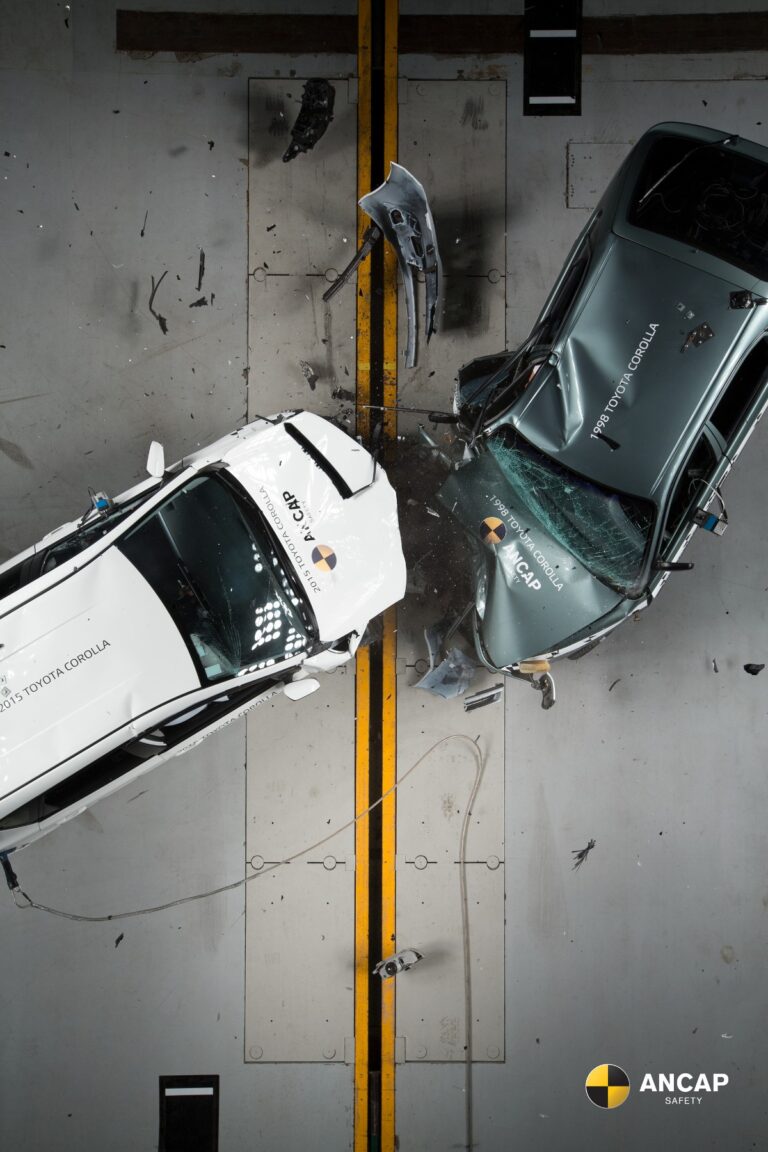– By David Brown –
Modern technology has proved very helpful in improving the financial efficiency of fleets, but fleet managers have also expressed concern about the personal safety of their drivers.
MiX Telematics conducted a survey of 200 fleet managers in November 2017 and found that 26 per cent of respondents highlighted that they do not have confidence that their drivers are safe behind the wheel. One in three (33 per cent) respondents noted fatigue as the biggest challenge to ensuring driver safety on the road.
Even if you are insured, crashes cost money because of the loss of productivity from staff, the down of vehicles and the administration and investigation resources needed to deal with the situation. But a significant number of managers took an even broader view. The MiX Telematics’ survey found that more than half (51 per cent) of respondents placed high importance on reducing crashes amongst their drivers. In fact, 37 per cent were not concerned with saving money, instead rating driver safety (46 per cent) and creating a culture of driver safety (31 per cent) as top compliance priority.
The survey covered representation across all major states in Australia and industries including mining, transport and logistics, oil and gas, automotive, construction and engineering.
According to the Sleep Health Foundation, a fifth of Australian adults have fallen asleep while driving and nearly a third drive while drowsy at least once a month. If you drive after 17 hours without sleep, your performance is as bad as driving with a blood alcohol level of 0.05 percent.
According to the National Sleep Foundation’s 2005 Sleep in America poll, 60% of adult drivers – about 168 million people – say they have driven a vehicle while feeling drowsy in the past year, and more than one-third, (37% or 103 million people), have actually fallen asleep at the wheel! In fact, of those who have nodded off, 13% say they have done so at least once a month.
Technological developments are helping to identify safety problems such as fatigue and general inattention from the relatively straight forward ‘lane-departure-warning’ to the more complex measurement of driver behaviour that indicates an increased risk.
MiX Telematics is a provider of fleet management, driver safety and vehicle tracking solutions and has an obvious interest in this area. It is a sign of the times that this field of endeavour is not just vehicle manufacturers but a range of organisations with specialist expertise.
The ABC has reported that a roadside test is being developed by Victorian researchers to identify tired drivers and keep them off the road.
A critical point is that this is a problem that needs more than a stern lecture to change behaviour. It can have complex causes that relate to lifestyle and work situations. People with sleep apnoea, for example, represent a significant risk.
It can also reflect the culture of the organisation. But this can work to your advantage. One of the celebrated cases in business management was when, in 1987, Paul O’Neill gave his first speech as CEO of Alcoa, the aluminium company. To the shock of the audience, which included journalists, investors and business people, he did not mention profit margins, revenue projections or any of the usual business buzz words. He simply said that his goal was to improve worker safety. Their safety record was not bad, but his aim was to get it to zero.
People sprinted from the room to sell their shares. It was a very bad financial decision. One year after O’Neill’s speech, the company’s profits hit a record high. When he retired, 13 years later, Alcoa’s annual net income was five times higher than when he started. It was about creating a constructive culture that was more than just directives from the top.
Fleet Auto News will be represented at The Institute of Public Works Engineering Australasia (IPWEA) national conference on fleet management in March 2018 and will be addressing this and other issues.






